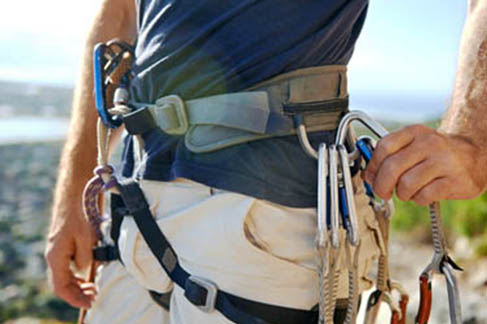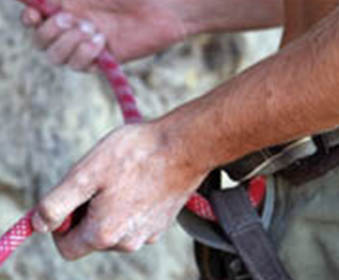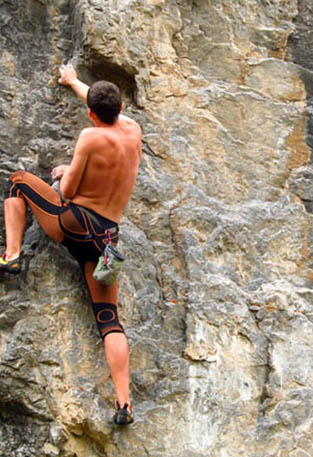Surroundings
Is an official location where pieces of political, military, cultural, or social history have been preserved due to their cultural heritage value. Historic sites are usually protected by law, and many have been recognized with the official national historic site
A historic site may be any building, landscape, site or structure that is of local, regional, or national significance.
Historic sites and heritage sites are often maintained for members of the public to be able to visit. Visitors may come out of a sense of nostalgia for bygone eras, out of wishing to learn about their cultural heritage, or general interest in learning about the historical context of the site. Many sites offer guided tours for visitors, conducted by site staff who have been trained to offer an interpretation of life at the time the site represents. A site may also have a visitor center with more modern architecture and facilities, which serves as a gateway between the outside world and the historic site, and allows visitors to learn some of the historical aspects of the site without excessively exposing locations that may require delicate treatment.
Urban hiking started centuries ago as a necessity: If you wanted to go somewhere, you had to walk. "Hiking" wasn't for fun. Then, as most people used cars or public transportation to get around in the city, they regarded "hiking" as a pleasant activity to be done somewhere else, in a natural area.
In many ways, urban hiking is just hiking, but in a city. There are variations on the theme: Some urban hikes follow sidewalks and streets, taking in architecture, historic sites and other manmade attractions. It's like sightseeing, only with more walking and attention to lesser-known places. Other hikes get out into nature, in parks and gardens within the city rather than at a distance.
Good news for sporty travellers – the fixed rope route „City-Wall“ at the Kapuziner has been reopened.
Besides a 130 m long rather difficult level-E-route there is now also a second easier route that ranges from levels A to C.
There is no entry fee and you climb at your own risk.
All you need is an hour time, your own equipment and a great deal of strength – at least if you choose the more difficult route.



Entertainment is a form of activity that holds the attention and interest of an audience, or gives pleasure and delight. It can be an idea or a task, but is more likely to be one of the activities or events that have developed over thousands of years specifically for the purpose of keeping an audience's attention. Although people's attention is held by different things, because individuals have different preferences in entertainment, most forms are recognisable and familiar. Storytelling, music, drama, dance, and different kinds of performance exist in all cultures, were supported in royal courts, developed into sophisticated forms and over time became available to all citizens. The process has been accelerated in modern times by an entertainment industry which records and sells entertainment products. Entertainment evolves and can be adapted to suit any scale, ranging from an individual who chooses a private entertainment from a now enormous array of pre-recorded products; to a banquet adapted for two; to any size or type of party, with appropriate music and dance; to performances intended for thousands; and even for a global audience.
Favorite recipe
Ingredients
4 eggs, 3/4 cup milk, 3 tablespoons brown sugar, 1 teaspoon ground nutmeg, 12 slices white bread, 1 tablespoon ground cinnamon
Directions
1. In a large mixing bowl, beat the eggs. Add the milk, brown sugar and nutmeg; stir well to combine.
2. Soak bread slices in the egg mixture until saturated.
3. Heat a lightly oiled griddle or frying pan over medium high heat. Brown slices on both sides, sprinkle with cinnamon and serve hot.
Book now
Cooking

Cooking
“Hey Guys! This is a must-be-place. No stress, no trouble. Only enjoy the old town!!” -







